Portable gaming wouldn’t be what it is today without Nintendo handhelds. Since 1980, the company has been in charge of portable gaming, turning it from a living room activity into something you could enjoy anywhere.
With each new console generation, Nintendo implemented innovative features, better graphics, and fresh ways to play. These devices didn’t just make games portable, they created entirely new types of gameplay that wouldn’t work on traditional consoles.
Throughout this article, you’ll discover how each Nintendo portable console has shaped gaming history. From the original Game Boy’s incredible durability to the DS’s revolutionary touch screen and the Switch’s versatile design, we’ll explore how these devices evolved throughout the decades.
Don’t miss: Are physical games dying? A look at the future of play
The history of all Nintendo handhelds
Nintendo has released seven main handheld console lines, each marking a significant step forward in portable gaming technology. Let’s talk a bit about each, shall we?
Game & Watch (1980-1991)
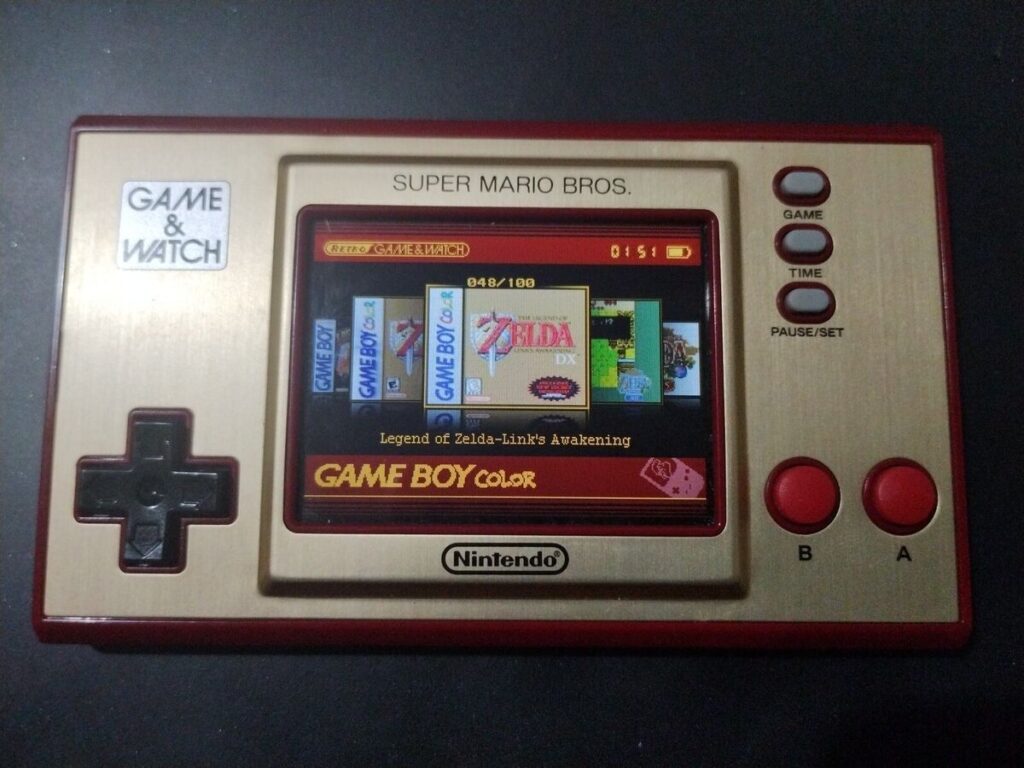
The story of Nintendo handhelds begins with a simple but brilliant idea: what if you could play video games anywhere, anytime? This is the origin story of Game & Watch, the brainchild of Gunpei Yokoi.
The story goes that Yokoi was inspired by a bored businessman on a train fiddling with an LCD calculator to pass the time. He saw the potential for a dedicated handheld gaming device, something compact, affordable, and engaging.
The Game & Watch was born in 1980 – with each device being a self-contained unit featuring a single built-in game, simple button controls, and a black-and-white LCD screen. These pocket-sized wonders were a hit, selling 43 million units worldwide and introducing iconic characters like Donkey Kong and Mario to gamers.
This console laid the foundation for Nintendo’s dominance in handheld gaming, proving that there was a huge appetite for portable play.
Game Boy (1989-2003)
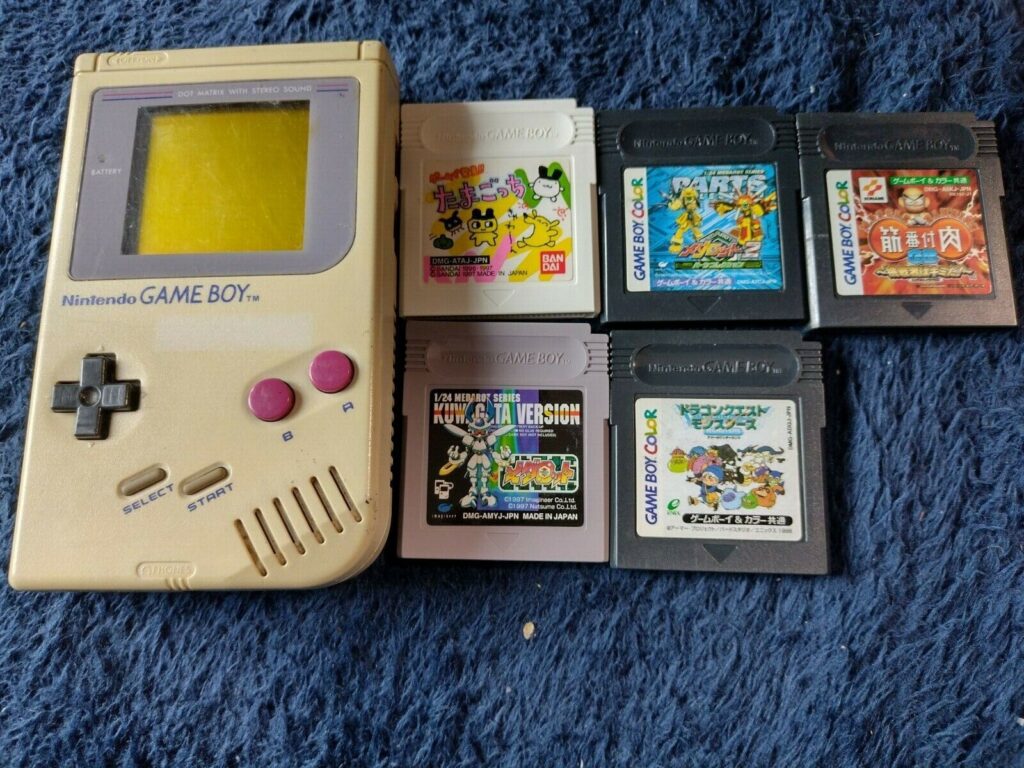
The Game Boy took the world by storm in 1989. This iconic handheld, again spearheaded by Yokoi, was more than flashy graphics or fancy features for its time. Yokoi’s design philosophy focused on affordability, durability, and long battery life. He wanted a console anyone could pick up and play, regardless of age or experience.
The Game Boy’s monochrome display, while simple, was perfect for its time. It allowed for sharp visuals and long battery life, crucial for a portable device. The console used interchangeable game cartridges, opening up a world of possibilities for different game genres and experiences.
Games like Tetris, Super Mario Land, and Pokémon Red and Blue became instant classics, capturing players of all ages and solidifying the Game Boy’s status as a cultural phenomenon. Interestingly, the Game Boy was also a social experience… sort of – players could connect their devices via a link cable, leading to intense Pokémon battles and friendly trades, for example.
Game Boy Color (1998-2003)
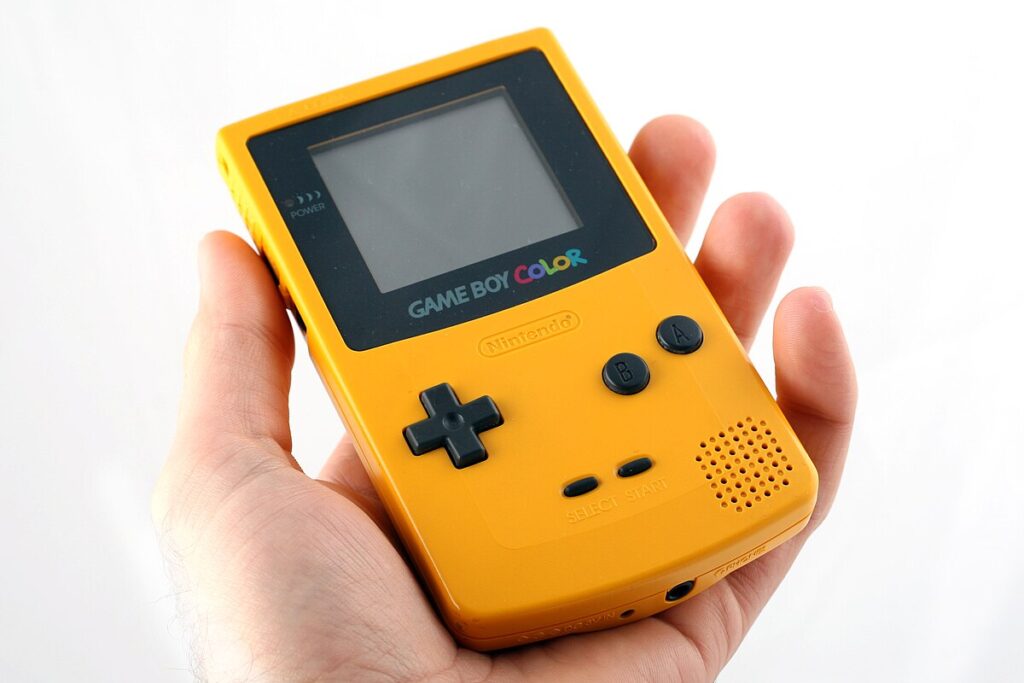
The Game Boy’s success was undeniable, but technology marched on. In 1998, Nintendo introduced the Game Boy Color, a vibrant upgrade to its monochrome predecessor. The main attraction? Color, of course! It added a new dimension to those familiar Game Boy classics.
But Nintendo didn’t just move away from monochrome games and call it a day. The Game Boy Color was designed to be backward compatible with the original Game Boy games. This meant players could enjoy their existing game library on the new, colorful screen, making the transition smooth and enticing.
The Game Boy Color also introduced many new games specifically designed to take advantage of its colorful display.
Pokémon Gold and Silver took the monster-collecting craze to new heights with vibrant sprites and colorful environments. The Legend of Zelda: Oracle of Ages and Oracle of Seasons delivered charming adventures with a colorful twist.
The Game Boy Color continued Nintendo’s reign in the handheld market, selling over 118 million units worldwide along with the original Game Boy.
Game Boy Advance (2001-2010)
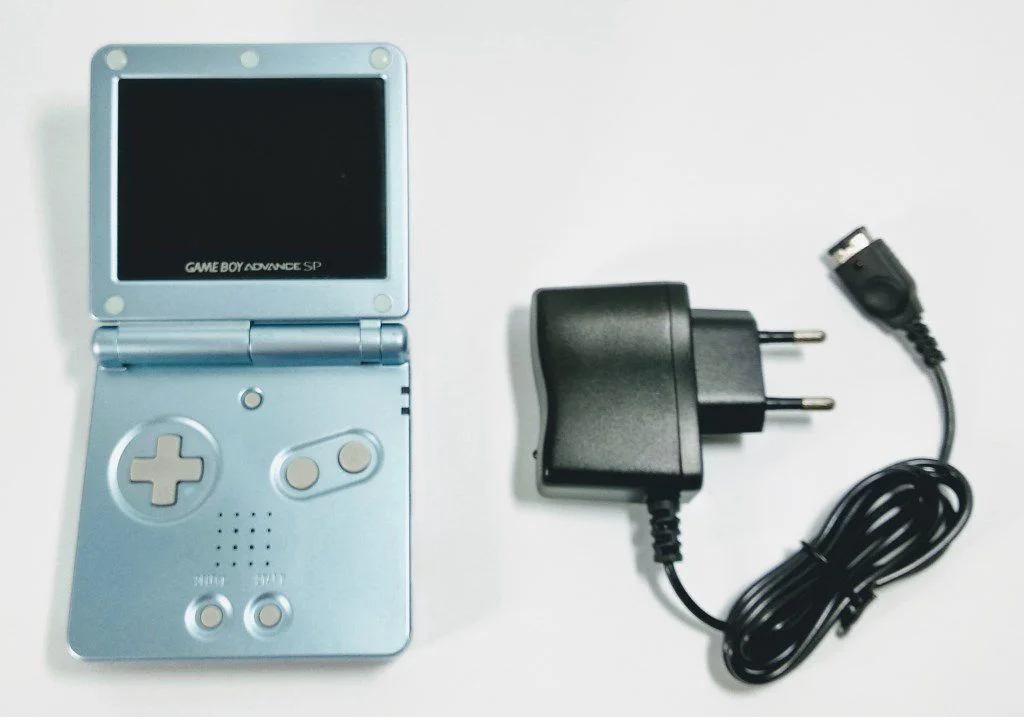
This new handheld was a significant step up from its predecessors, boasting a 32-bit processor, a wider screen, and improved graphics capabilities.
The Game Boy Advance (GBA) maintained backward compatibility with both the original Game Boy and the Game Boy Color. It also delivered a wave of new and impressive titles that showcased its capabilities.
Pokémon Ruby and Sapphire introduced a new generation of Pokémon and a vibrant new region to explore; Metroid Fusion brought the atmospheric sci-fi series to the handheld with stunning visuals and intense action; and Advance Wars offered a deep and engaging strategy experience, proving that handheld gaming could be just as complex and rewarding as its console counterparts.
Nintendo continued to innovate within the Game Boy Advance line. The Game Boy Advance SP, released in 2003, introduced a narrower design with a front-lit screen, making it much easier to play in low-light conditions. And the Game Boy Micro, released in 2005, took portability to a whole new level, shrinking the console down to a tiny and stylish form factor, perfect for gaming on the go.
By the time the GBA was discontinued, it had sold over 80 million units worldwide.
Nintendo DS (2004-2013)
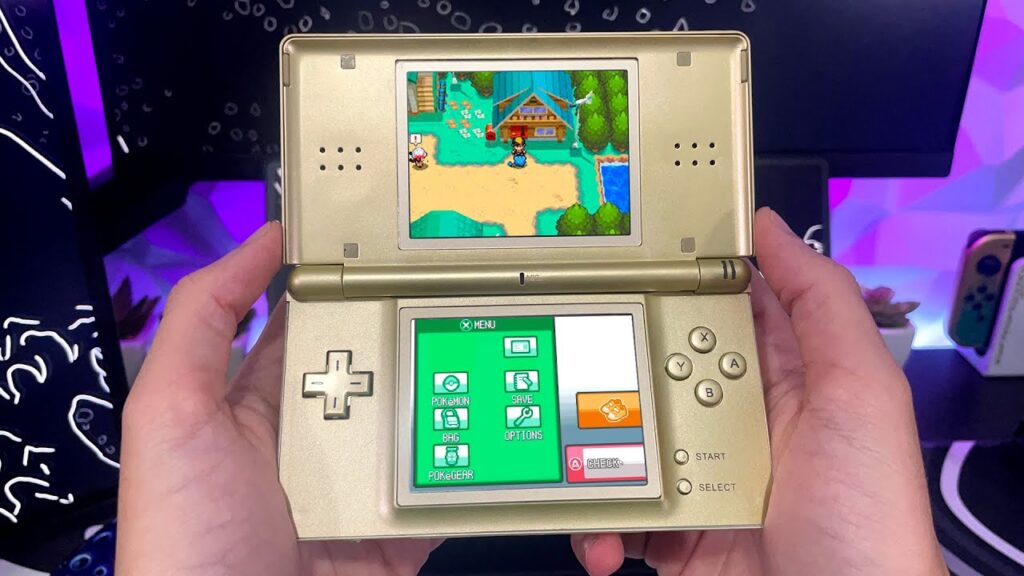
Nintendo redefined handheld gaming once again with the Nintendo DS in 2004. Its innovative dual-screen design, with a touch-sensitive lower screen, opened up a new world of gameplay possibilities. Suddenly, games could use two screens simultaneously, providing unique perspectives and innovative new ways to interact with game worlds. For example, it allowed for direct interaction with characters and environments with a stylus.
Popular titles like Brain Age, Nintendogs, and New Super Mario Bros. showcased the DS’s unique capabilities and appealed to a wide audience, from casual players to hardcore gamers. The DS also saw several hardware revisions, including the sleek and stylish DS Lite and the enhanced DSi, which added cameras and downloadable content.
This console line was a global phenomenon, selling over 154 million units worldwide and proving that Nintendo was still the king of innovative handheld gaming.
Nintendo 3DS (2011-2020)
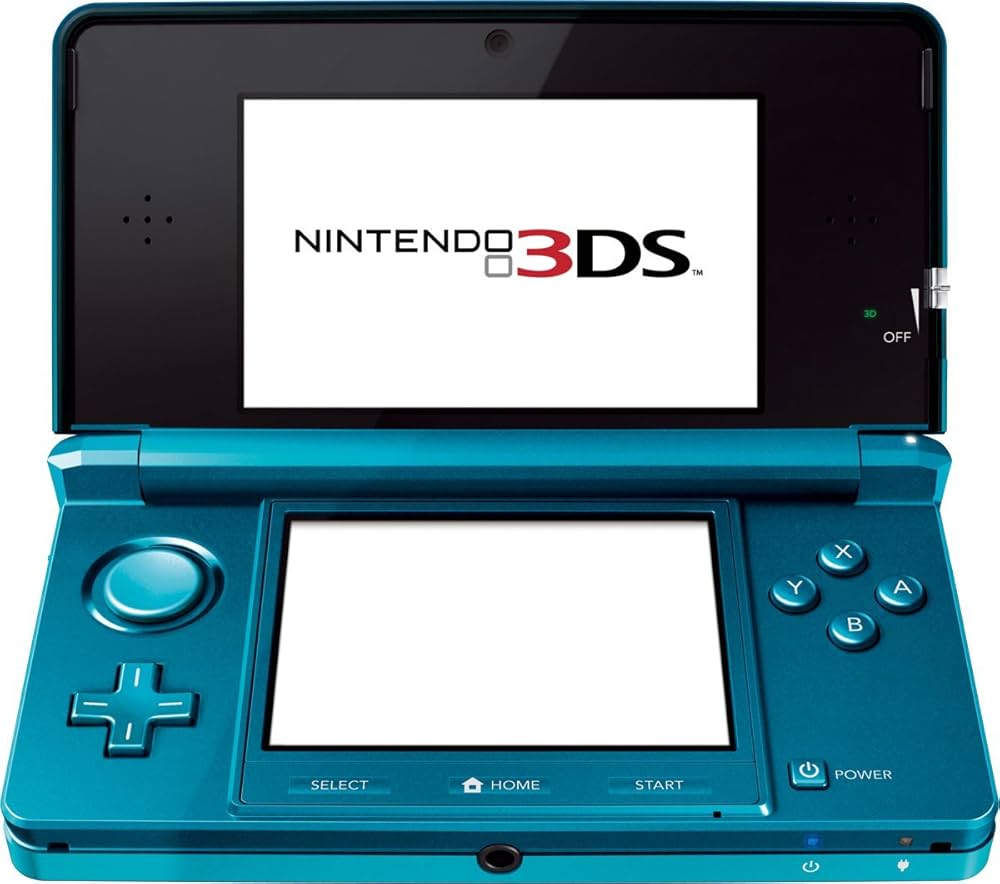
The Nintendo 3DS, released in 2011, literally brought a new dimension to handheld gaming, proving they weren’t afraid of pushing the envelope. Its autostereoscopic 3D display allowed players to experience 3D visuals without those bulky and awkward glasses.
While the 3D effect was a major selling point, the 3DS retained the familiar dual-screen design of its predecessor, including a touch-sensitive lower screen. It was also backward compatible with DS games, ensuring a smooth transition for existing players.
It also saw several iterations, including the New Nintendo 3DS, which boasted improved 3D capabilities, enhanced processing power, and a handful of exclusive titles.
Despite facing increasing competition from mobile gaming, the Nintendo 3DS enjoyed a successful run, selling over 75 million units worldwide.
Nintendo Switch (2017-Present)

The Nintendo Switch, released in 2017, marked a turning point in the history of gaming consoles. It’s widely considered the first true hybrid console, seamlessly blending the worlds of home console and handheld gaming. The Switch can be docked to a TV for a traditional big-screen experience, or you can detach the Joy-Con controllers and take the game on the go as a handheld.
This flexibility has proven to be a massive success, achieving over 140 million sales and boasting an eclectic game library. Seriously: you have Nintendo’s iconic first-party titles like The Legend of Zelda: Breath of the Wild and Animal Crossing: New Horizons to indie darlings and third-party blockbusters.
Nintendo has continued to innovate with the Switch, releasing updated models like the Switch Lite, a dedicated handheld version, and the Switch OLED Model.
The company also utilizes its popular Nintendo Direct online presentations to inform players about new games, updates, and special announcements, creating a sense of community and excitement around the platform.
Closing thoughts
Looking back at the Game & Watch, it’s incredible how far Nintendo handhelds have come, right?
From those early days of simple LCD games to the powerful and versatile Switch, Nintendo has always been at the forefront of portable gaming. They’ve brought us countless hours of fun, introduced iconic characters, and changed how we think about playing games on the go.
Do you have a game idea that would be perfect for a handheld console? Want to create something as memorable as all-time classics like Donkey Kong? Main Leaf Games is here to help! We’re a team of passionate developers and artists with a proven track record of creating games people love to play.
Let’s chat about your project and see what we can create together!

